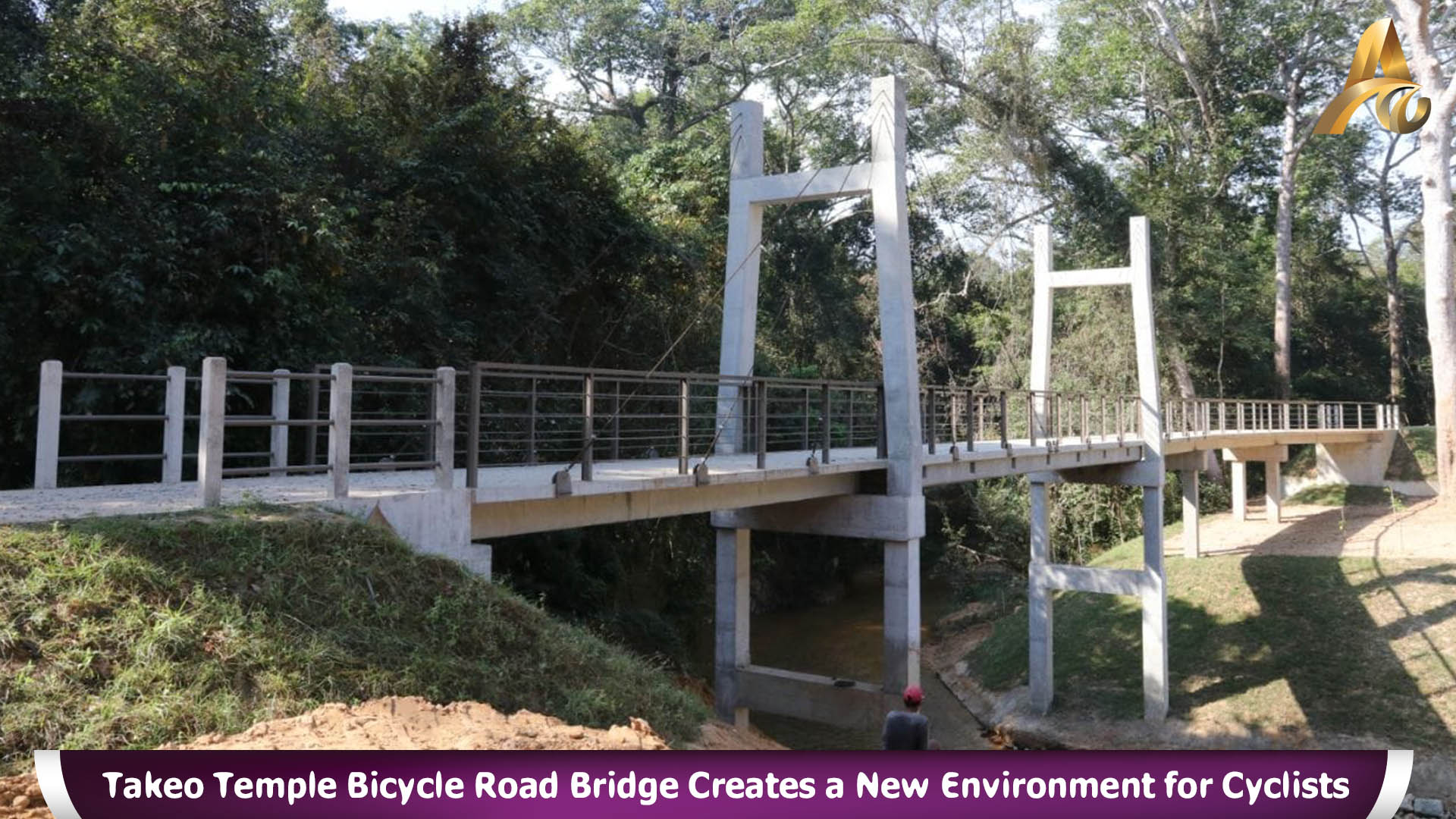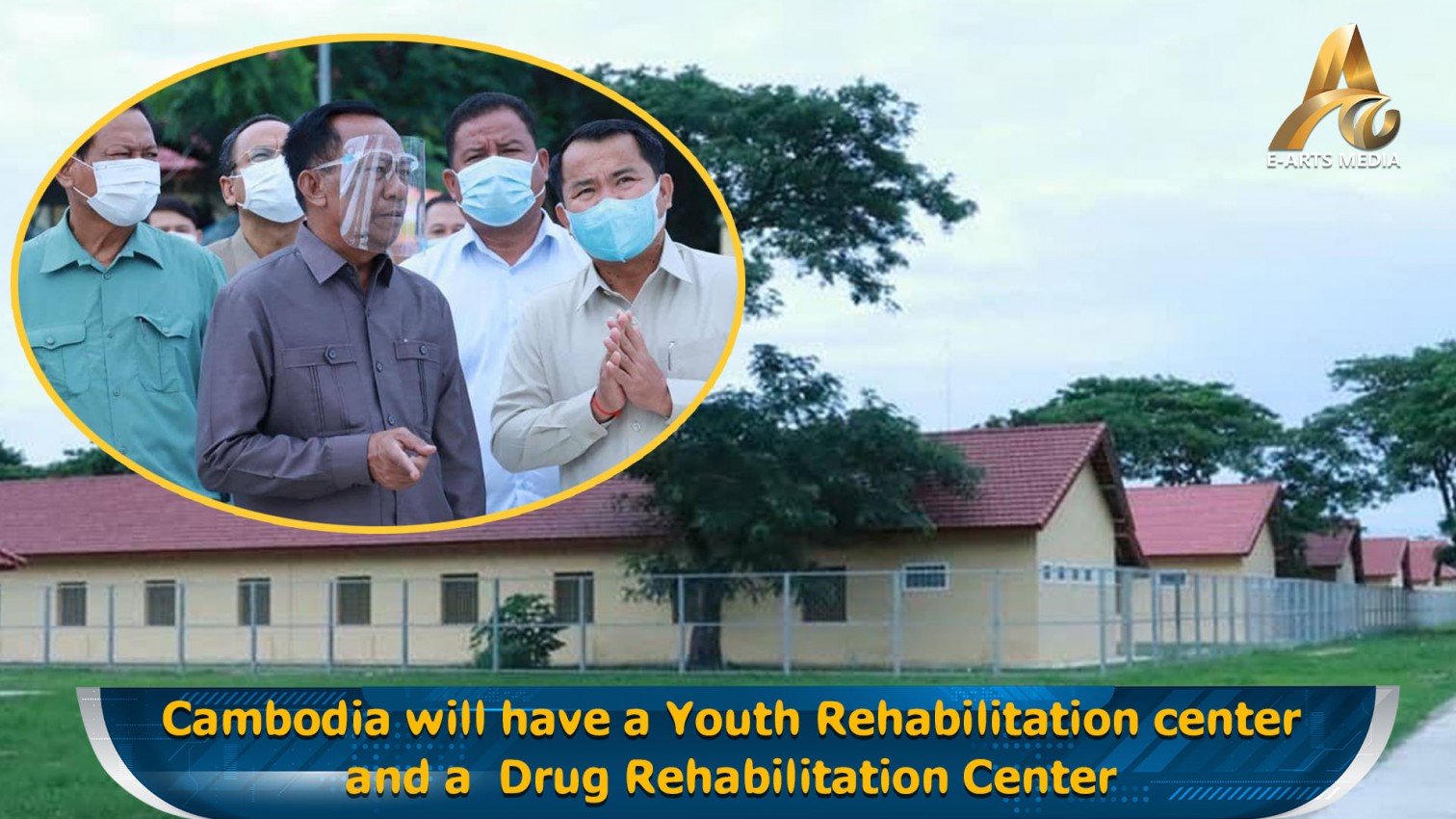Siem Reap: The APSARA Authority has constructed a bicycle bridge along the Takeo temple bridge to enhance the cycling experience for tourists in the Angkor resort.
Mr. Sok Soseila, Deputy Director of the Department of Water, Forestry, and Infrastructure at the APSARA Authority, stated that the construction of bicycle lanes in the Angkor resort began in 2020 to cater to tourists who enjoy cycling. These bike lanes span more than 23 kilometers and include four river crossings.
Mr. Sok Soseila explained that the Takeo Temple Bicycle Road Bridge is one of the four structures built by the APSARA Authority to better accommodate cyclists, aiming to segregate bicycle traffic from motor vehicles. The bridge measures 2.5 meters in width and 65 meters in length. The other three bicycle bridges are the Angkor Bridge, Kraing Krouch Bridge, and Neak Poan Bridge. Additionally, there are smaller bridges at two other locations: Kasinduy Sothor and the former Neak Poan sluice gate.
He emphasized that the primary goal of these bicycle lanes in Angkor is to separate normal vehicular traffic from cyclists, thereby promoting cycling, reducing accidents, and lowering vehicle emissions that could damage the temple stones.
Regarding the construction style of the bicycle bridge, Mr. Sok Soseila noted that a simple design was chosen to blend with the surrounding nature, avoiding any prominent new structures. This approach aligns with the management philosophy that conservation should go hand in hand with development.
Mr. Sok Soseila also encouraged tourists to engage more in cycling within the Angkor resort area to foster environmental change. He highlighted that cycling allows ample time for visitors to explore and appreciate the natural surroundings, while also eliminating toxic emissions that are detrimental to temple preservation.




























